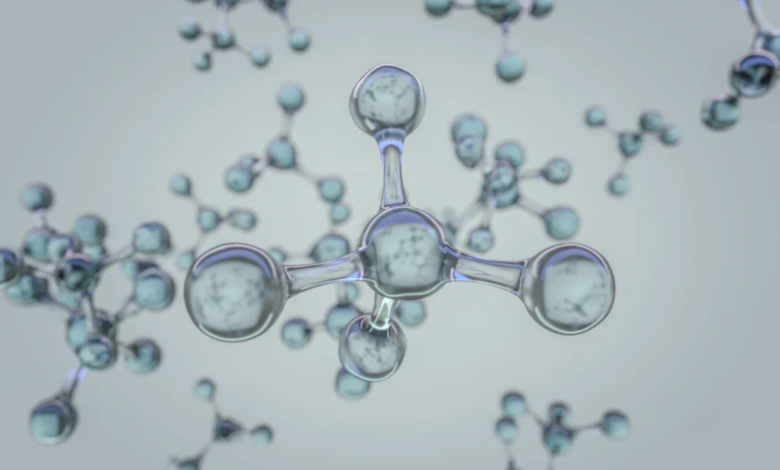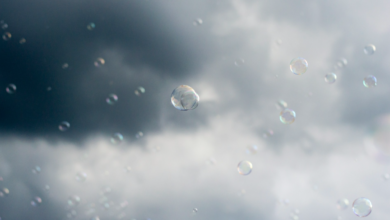Hybrid cathode for marine electrolysis arrives
Marine electrolysis powered by renewable offshore, between problems and solutions
Generating green hydrogen using water and renewable energy still presents several challenges, from high production costs to a much improved efficiency. But in the world of research there are those who have decided to complicate things even more in the name of sustainability. In recent years, studies dedicated to marine electrolysis have multiplied, an approach created to preserve freshwater resources.
To operate the current commercial electrolysers require high purity water, an element that could limit its use on the scale necessary for the transition, especially with the worsening of the water crisis. On the other hand, seas and oceans can offer all the resources we need for marine electrolysis and can also accommodate renewable offshore plants with which to power the H2 generation.
Obviously producing hydrogen off the coast means facing new challenges: electrolysis systems must “learn” to use salt water or be integrated with desalination systems. To this is added the problem of power stability. Fluctuations in offshore renewable energy production, especially in extreme marine conditions, limit the performance of electrolysers.
A new easy to synthesize hybrid cathode
To help this last aspect, is the new research conducted in China and led by the Chinese Academy of Sciences. Scientists have developed an innovative hybrid cathode with excellent stability. To synthesize it the team proposed a strategy involving engraving, sulfurization and electroplating. The process gives the electrode a superaerophobic nanostructure that allows the mass transport of hydrogen even at high current densities.
Once tested the hybrid cathode showed high hydrogen evolution performance with potentials of 190 and 250 mV at a current density of 1,000 mA/cm2 respectively in alkaline artificial seawater and real seawater. Under stationary conditions, the researchers recorded a negligible loss of over-potential after more than 2,000 hours at 500 mA/cm2, and a duration of 1,500 hours under practical conditions of accelerated start/stop. For scientists the work provides an efficient method to synthesize high-performance cathodes for marine electrolysis. The research appeared in Advanced Functional Materials.






